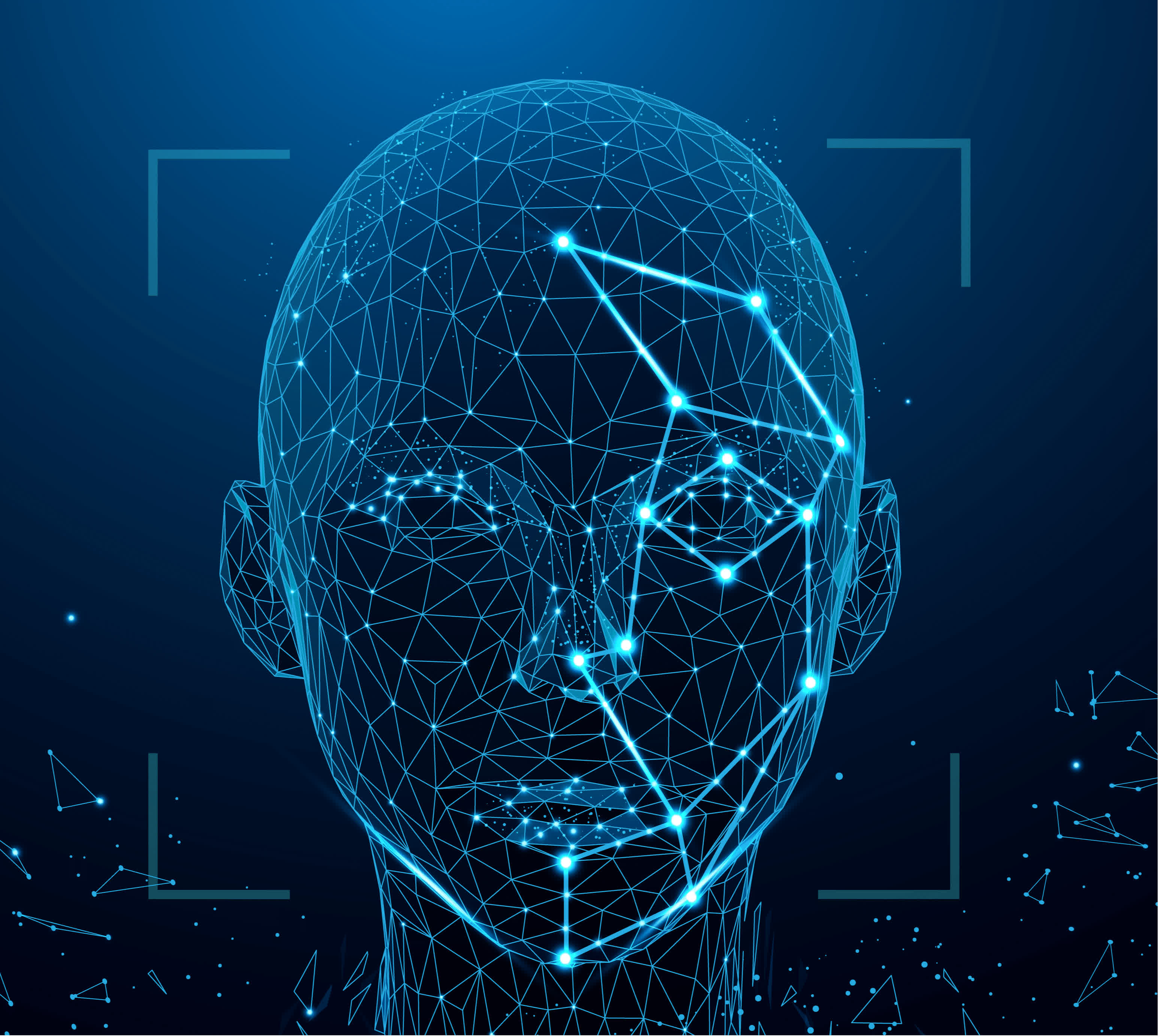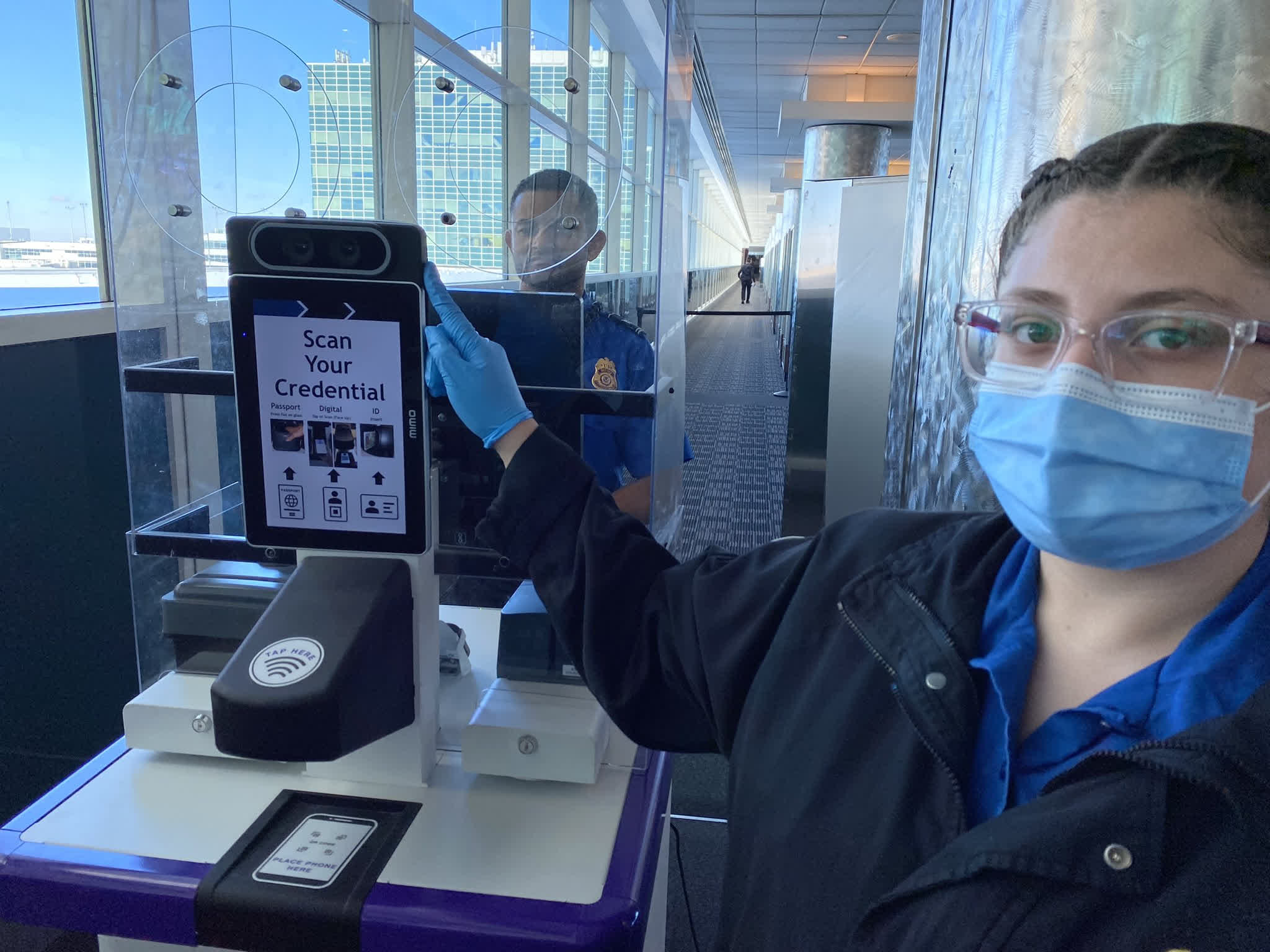A hot potato: What started as a limited pilot project to test facial recognition technology could soon become the norm for screening and ID routines in all US airports. At least, that's what the Transportation Security Administration (TSA) is planning for next year.
The TSA started using its biometric system in 16 US airports as an optional screening procedure requiring the traveler to insert their ID document and have their face scanned. The system is named CAT-2, and according to the TSA, it can successfully match a live photo captured against the image on the digital ID to verify a passenger's identity.
The agency says the biometric data collected through CAT-2 scanning is anonymized, encrypted, and then transferred for analysis to the Department of Homeland Security's Science & Technology Directorate to assess the technology's effectiveness. The data will be deleted within 24 months, TSA states.
The government initially deployed the CAT-2 system at DC's Ronald Reagan Washington National Airport during the COVID-19 pandemic. The TSA later extended it to other major US airports. According to Jason Lim, who helps the TSA run the program, travelers using CAT-2 (or Credential Authentication Technology with Camera) should not be worried about misidentification during the screening routine.

Despite Lim's statements, concerns about the widespread use of biometric technology are growing daily. According to Albert Fox Cahn, founder of the Surveillance Technology Oversight Project, these kinds of biometric programs are only optional in the introductory phase. Over time they become the norm, are nationalized, and finally become compulsory.
"There is no place more coercive to ask people for their consent than an airport," Cahn said. "[Facial recognition is more likely to] falsely accuse black and brown and nonbinary travelers and other groups that have historically faced more facial recognition errors. [I don't] trust the TSA to evaluate the efficacy of its own facial recognition systems."
Law enforcement agencies of all stripes currently use biometric identification to screen immigrants at the borders, control suspects, and more. Despite concerns for racial bias and a growing list of misidentification cases, facial recognition technologies are becoming more popular among other enforcement agencies. Some cities, like San Francisco, are trying to curb abuses by banning facial recognition altogether.
